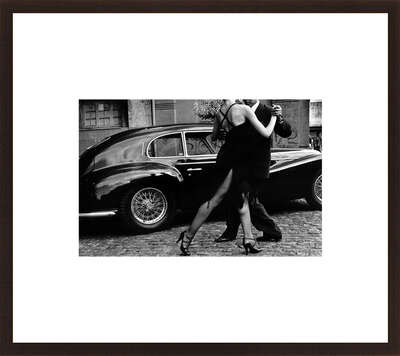

The History of Photography
From its invention to its current omnipresence, photography has captivated us. It shows us things that otherwise would have remained unseen, in an entirely unique way. Stunning wall art by masters of the form like Man Ray and Edward Steichen, have become classics in the history of photography.
“One might compare the art of photography to the act of pointing.”
MoMA Curator- John Szarkowski
But when was photography invented? And by whom? Join us, as we take a look at the history of photography, from the early days of silver chloride-coated paper to today's world of digital photography and video photography. Find a curated selection of masterpieces in the LUMAS collection. Take a journey through the timeline of photography, discover famous photographers, and find your personal favorite pieces!


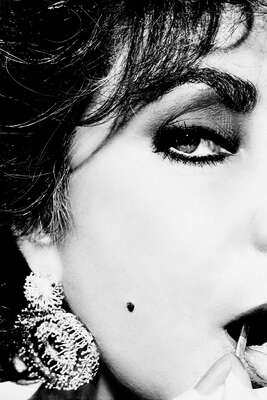

Contents – The History of Photography
The Camera Obscura and the Origin of Photography
When was Photography Invented?
Who Started Photography?
Photography Then and Now: Selfies and “Sex Sells”
The History and Development of Photography Timeline
35mm Cameras, Color Film, and Polaroid: Milestones in the History of Photography
Classics from the History of Photography: Heinrich Heidersberger and Alfred Eisenstaedt
Dress of Light: Heinrich Heidersberger
Photographs of Everyday Existence
Documenting History: Photographer Will McBride
The Road to Digital Photography
Photography in the Mid-20th Century
Digitalization and Image Editing in the History of Photography
The History of Photography: Short and Sweet
A History of Photography Timeline
The Camera Obscura and the Origin of Photography
When was photography invented?
The photography timeline extends back further than you might assume. In the 4th Century BC, Aristotle described the principles of the camera obscura, which entails projecting an image through a small hole. Through a camera obscura’s pinhole, the image of the world is reversed or upside-down. While our notion of a camera has evolved dramatically, the “camera obscura” is considered to be the ancient building block upon which all further revolutionary developments and inventions in the field of photography were built. It defines the timeline of photographic history as we know it.

Who started photography?
Joseph Nicéphore Niépce and Louis Daguerre are often considered the inventors of photography with cameras, as we now know it. The former started out experimenting with silver chloride and silver halide photography, but could not figure out how to prevent them from darkening when exposed to light.
- In 1826, Niépce succeeded in taking the first true camera photograph. He used a sheet of pewter coated with bitumen, which required an exposure time of at least 8 hours! The subject of this photograph hit close to home for Niépce; the view from his workroom in Saint-Loup-de-Varennes, France. The Niépce Heliograph is considered as the earliest known photograph in the history of photography, achieved with the aid of the camera obscura.
- Painter Louis Jacques Mandé Daguerre was so excited about this achievement that he decided to partner with Niépce. Daguerre continued to develop, refine and tinker with the process by using silver-plated copper sheets and mercury vapor. As he continued to develop this process, Daguerre was able to vastly reduce the exposure time.
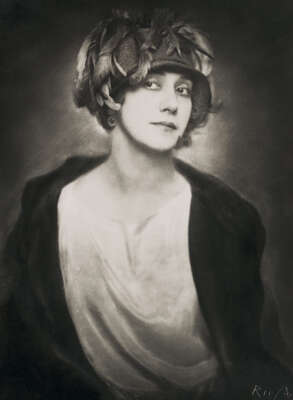

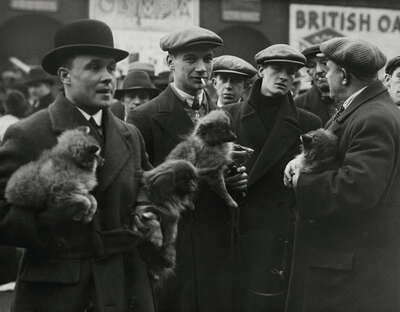

- • In 1839, with an exposure time of just a few seconds, the daguerreotype became a means of using photography commercially for portraits. This has proven to be a critical juncture in the history of photography, greatly contributing to the popular acceptance of cameras and the success of the medium.
- Just a few years later, William Henry Fox Talbot came up with the calotype process. This was the first process that let photographers create a negative from which multiple prints could be made.
- In 1851, Frederick Scott Archer introduced the collodion wet plate process, which produced a negative image on a transparent glass plate. Although it was surpassed by the gelatin dry plate process in the late 1800s, the collodion process was used for tintype portraits and in the printing industry well into the 1900s.
Photography Then and Now: Selfies and “Sex Sells”
These days, we think of the camera as an artist’s tool, similar to a painter’s brush. But before photography became its own art form, painting was the dominant medium in the art world. In the 1800s and in early 1900s, artists regarded photographers as inferior competition. Traditionally, people would have their portraits made by painters, who started to fear for their livelihood due to the rise of photography. Regardless, artists soon began to integrate the camera and photography into their repertoire.
The first “selfie” ever was taken in 1839 by American lamp-maker and photography enthusiast, Robert Cornelius, using the daguerreotype process. Business-minded photographers immediately recognized the commercial value of easily reproducible images.
With their erotic nude photographs in the 1850s, Alexis Gouin and Bruno Braquehais produced the predecessors to the classic pin-up photograph. They sold well, which should come as no surprise – “sex sells” was every bit as accurate then as it is now. These days, nude photography is still part of many photographer’s portfolios, although few are able to walk the narrow line between tastefully aesthetic erotic images and gratuity.
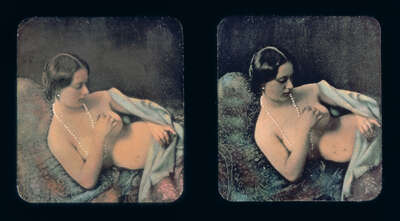

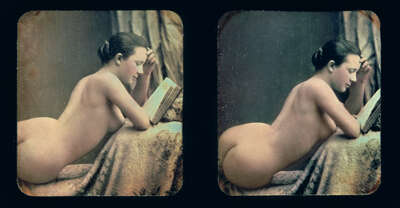

The History and Development of Photography Timeline
35mm Cameras, Color Film, and Polaroid: Milestones in the History of Photography
After their invention, it took a long time for photographs and cameras to develop into what we have come to know today. This required more revolutionary ideas and exciting reinventions, which we can now look back on as milestones in the history of photography.
- The film roll: In 1889, George Eastman created the roll of film, which made it possible to shoot multiple pictures one after the other. He released it through his company, Kodak. It was an immediate breakthrough in the practical application of photography. It made snapshots possible, as images no longer needed to be immediately and individually processed. In the same year, Thomas Edison cut it down the middle and added perforated edges, establishing the 35mm format that became so prevalent later.

- The 35mm camera: The first Leica camera was developed by Oskar Barnack. Introduced in 1925, the Leica prototype used a small-format, 35mm film. In comparison with the bulky box cameras previously in use, the compact Leica camera was a highly modern improvement.
- Color photos: In 1936, photographic technology took an exciting step forward with advances in color film. Kodak released Kodachrome, a film with multiple layers for developing in color.
- Polaroid Pictures: Around that time, the first instant camera was also invented. The aesthetic is as popular as ever, enthusiastically coopted by photo services such as Instagram. The Polaroid camera introduced by Edwin H. Land in 1848 was capable of producing a fully developed photo shortly after taking it.
- The Digital Camera: While the concept of digital cameras has existed since the 1960s, the Eastman Kodak camera designed by Steven Sasson in 1975 is generally considered to be the first self-contained digital camera. Much like photography with film, advances in digital technology have led to explosive growth in the medium’s popularity.
Classics from the History of Photography: Heinrich Heidersberger and Alfred Eisenstaedt
Over the years, photographers and artists experimented with the possibilities afforded them by new technologies and camera innovations to create fascinating and enduring works that have gone down in photographic history.
Dress of Light: Heinrich Heidersberger
In his 1940s series “Dress of Light”, photographer Heinrich Heidersberger created some of the world's most revolutionary images. He shot these iconic black-and-white images for Henri Nannen’s newly founded Stern magazine. It caused an uproar in prude post-war Germany. Today, the pictures are rightly regarded photo art classics, globally respected for their innovative technical execution and aesthetics. The idea for these photographs was as simple as it was ingenious: Heidersberger fashioned a cooking pot into a “light gun” to “clothe” naked female bodies with patterns of stripes and dots made entirely of light and shadow. The images were a sensation.
In this way, he combined nude photography with experimental photography in a way that had never been seen before. He depicted unclothed women with his camera in such a way that they do not seem naked. Although the nude female form is at the center of these experimental photos, it mainly serves as a canvas on which a game of light and shadow plays out.
Photographs of Everyday Existence

Photography confronts us with stories and aspects of life that we might otherwise never notice. This has long been the case! While early pair of daguerreotypes paved the way for the genre of street photography, probably the most famous proponent of “slice of life” photography was Alfred Eisenstaedt. He never committed to specific photographic subjects, instead using his camera to capture historical figures and unknown characters going along with their daily lives. An impressive example of the latter is his pictures of workers in a spaghetti factory. Nothing in these images is staged or specially lit. It is the individual circumstances that gives his pictures their vitality – pictures that tell a story of their own. They bring us close to the three Neapolitan boys in the Italian factory and show us spaghetti hung out to dry like laundry.
Documenting History: Photographer- Will McBride
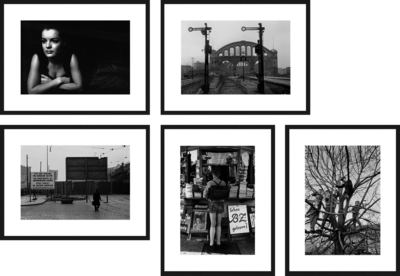

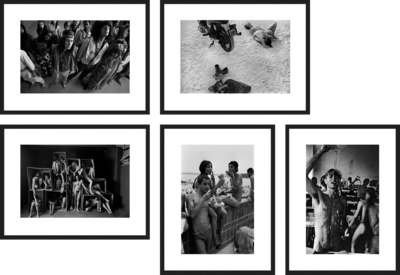

Lenses, f-stops and film speeds are not the only factors involved in making great pictures. The location and the right light are every bit as important. But the most important is the exact instant when the photographer presses the shutter. With a talent for sensing that exact split-second, photographer Will McBride came to photograph political heavyweights including John F. Kennedy and Willy Brandt, documenting defining moments in world history.
The road to digital photography
Photography in the mid-20th Century
In the early days of photography, advancements in technology began to make photographic apparatuses easier to use. By the 1950s, they had developed into the comfortable-to-use devices we now today.
- In 1956, Agfa released the first camera with aperture priority, meaning photographers no longer needed to set the exposure time themselves.
- A few years later, in 1963, Canon introduced its first camera prototype with autofocus, a development making snapshots much easier for the everyday photographer.
- Rollei unveiled the first fully automatic camera about 10 years later. Aperture, shutter speed, focus – photographers no longer needed to set these themselves to create a usable image.
Digitalization and Image Editing in the History of Photography
With the digital revolution at the end of the 20th century, once again, the world experienced photography in a new light. Photos no longer needed to be produced on analog mediums - they could now be saved and edited digitally. This simplified the editing process tremendously.


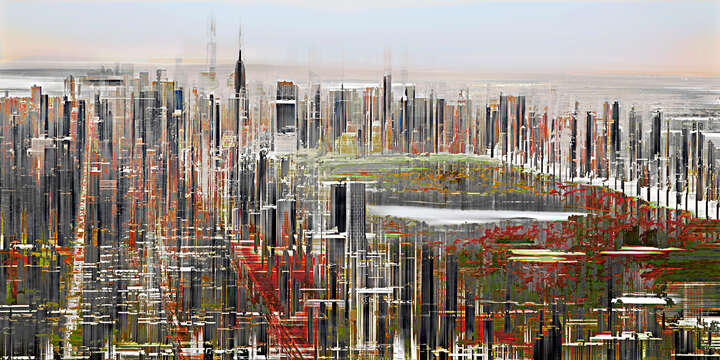
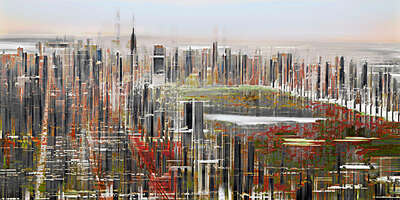
Digitalization brought unimaginable possibilities in photographic post-processing. Artists put the technology to the widest variety of creative uses. Pep Ventosa, for example, digitally layers countless individual images. Sabine Wild is master of intricate line-based editing, and Isabelle Menin uses computers to assemble photographs into floral compositions. All three are evidence of the medium’s sheer boundless potential.
The History of Photography: Short and Sweet
Since Nièpce and Daguerre introduced photography in 1839, the medium developed very quickly. A look back at how photography developed shows the different ways artists are able to use the medium, from the first nude images to slice of life photography, classic portraits and fashion photography. Currently, with all of the possibilities afforded us by modern digital photography and image editing, we are at a high point for the medium.
Do you want to purchase classic photographic works in wall-ready art? In the LUMAS collection, you will find an expertly curated selection of works in the most successful medium of all time. Get swept away by the latest creations from these artists and photographers! Explore the fascinating world of photography with LUMAS and start your own art collection with a piece of photographic history.
The History of Photography Timeline
| 4th Century BC | Aristotle describes the camera obscura |
| 1826 | Joseph Nicéphore Nièpce takes the first preserved camera photograph |
| 1839 | Daguerre and Niépce present the daguerreotype |
| ca. 1841 | William Henry Fox Talbot develops the negative-positive process |
| 1851 | Frederick Scott Archer introduces the collodion process |
| 1889 | George Eastman presents the film strip (Kodak) |
| 1925 | Leica releases the first small-format camera with 35mm film |
| 1936 | Invention of color film (Kodak: Kodachrome, Agfa: Agfacolor) |
| 1948 | The first Polaroid camera delivers instant images using quick development process |
| 1956 | The first aperture priority camera hits the market (Agfa Automatic 66) |
| 1963 | Canon presents the first camera with autofocus |
| 1974 | Rollei produces the first fully-automatic camera |
| End of the 1900s | Transition from analog to digital photography |
Discover Classic Photographs in the LUMAS Collection




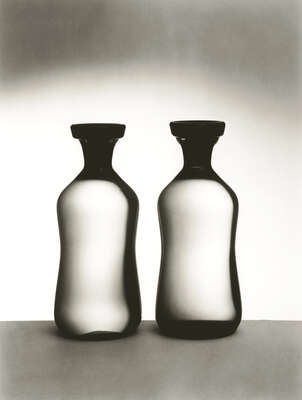

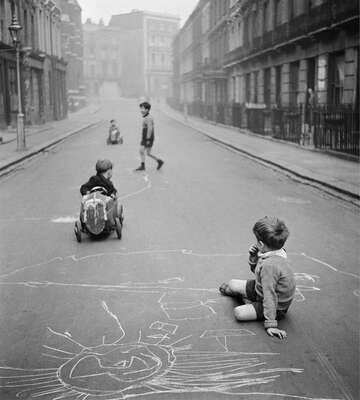
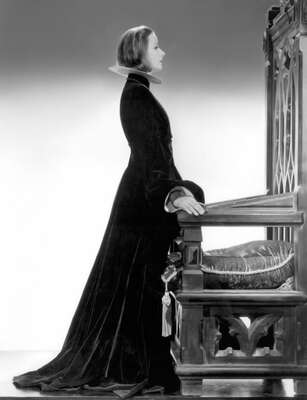
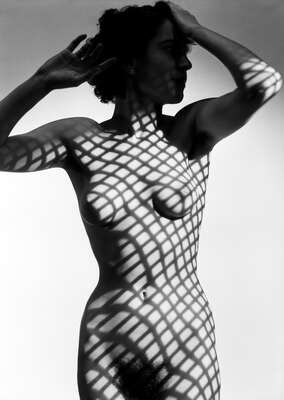
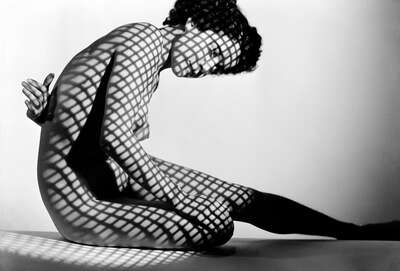
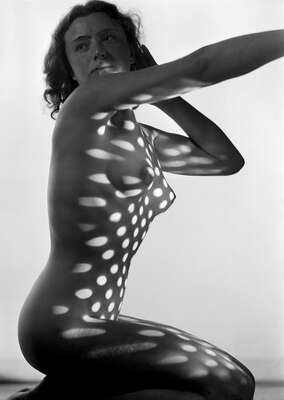
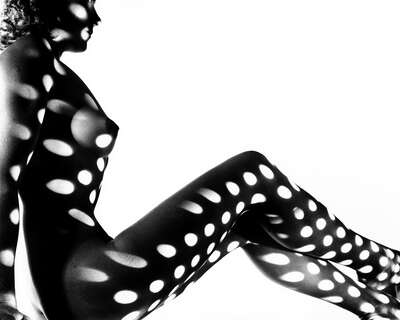
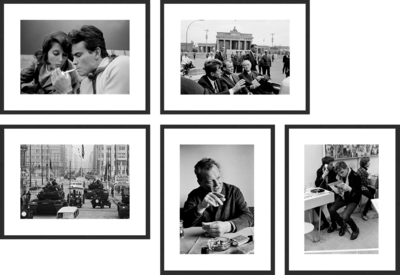
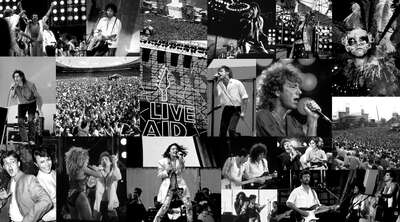
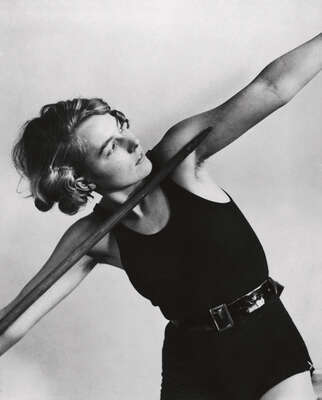
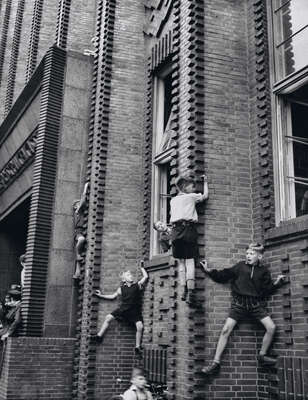
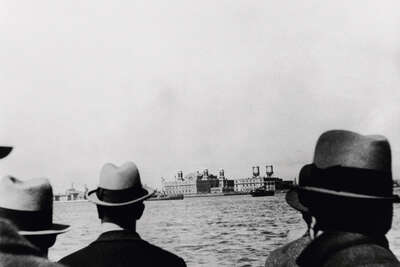
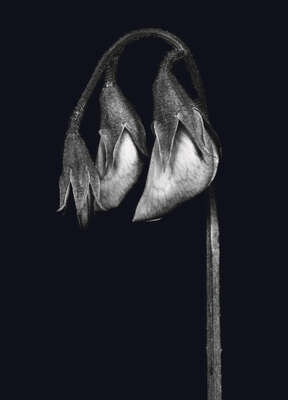
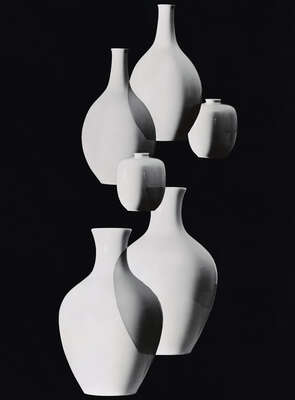

 No thanks, I would like to stay on this site.
No thanks, I would like to stay on this site. Yes, I would like to switch.
Yes, I would like to switch.